




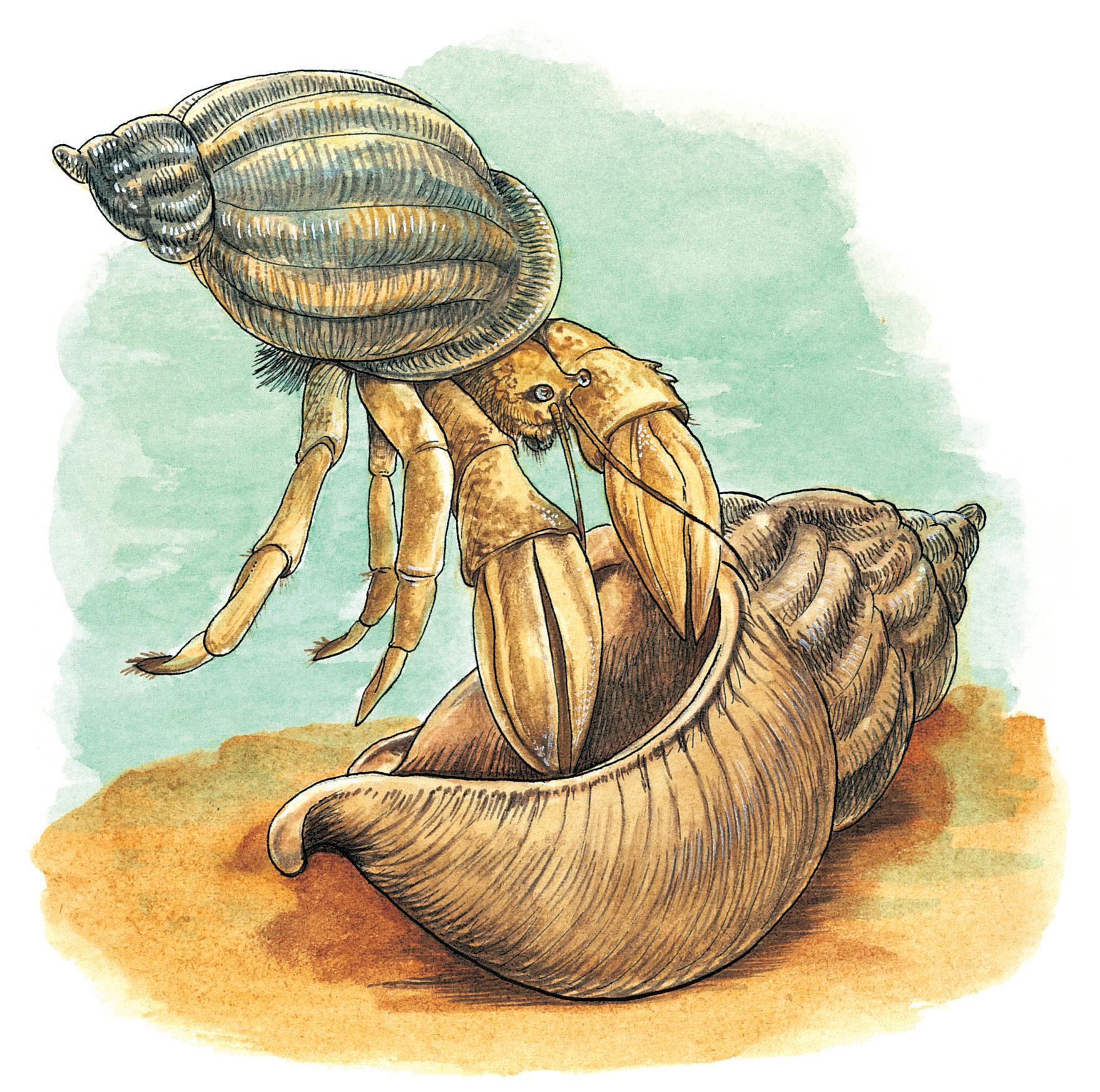
Before tackling these Yellow Level Readers, a child will need to be able to:
l
l
Recognise the basic 42 letter sounds shown at the bottom of this page; Understand the alternative sound made by ‹y › at the end of words like happy and sunny, as shown in the leaf below; Read (blend) regular words containing these letter sounds; Recognise the ten tricky words shown in the flowers below; Recognise the names of the three main characters, as well as Phonic.

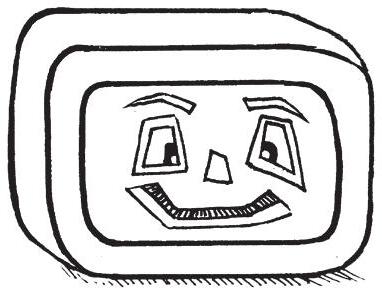

Hint: Recognising word families can help a child read new tricky words. For example, knowing the tricky word all, should help a child read the words ball, call, fall, hall, small, tall and wall.
Some animals have shells. Under the shell is the animal’s soft body.




whelks

They cling onto rocks or lie hidden in the weed at the bottom of the pool.
When shellfish die, the shells are left empty.

You can collect the shells.
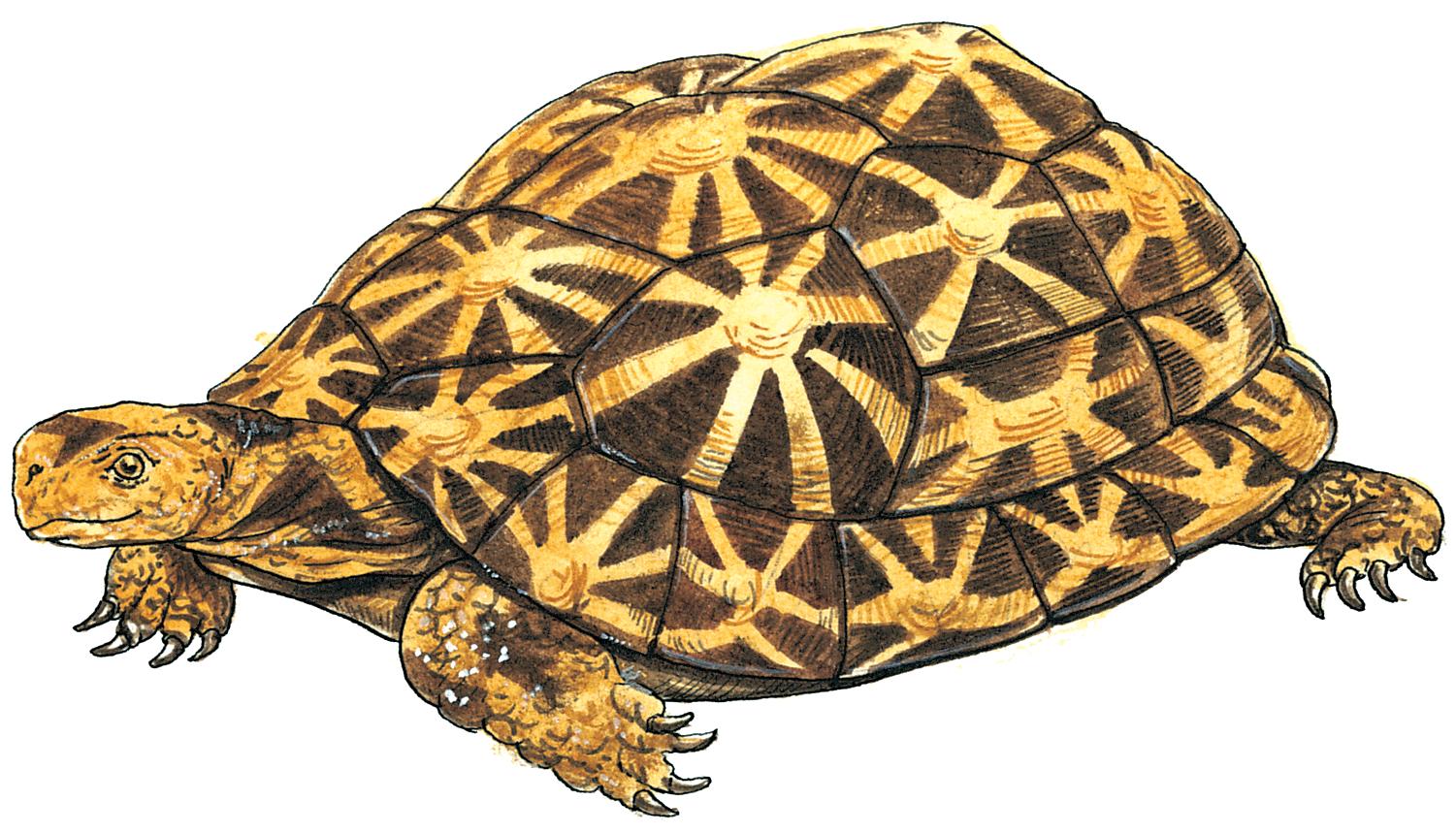
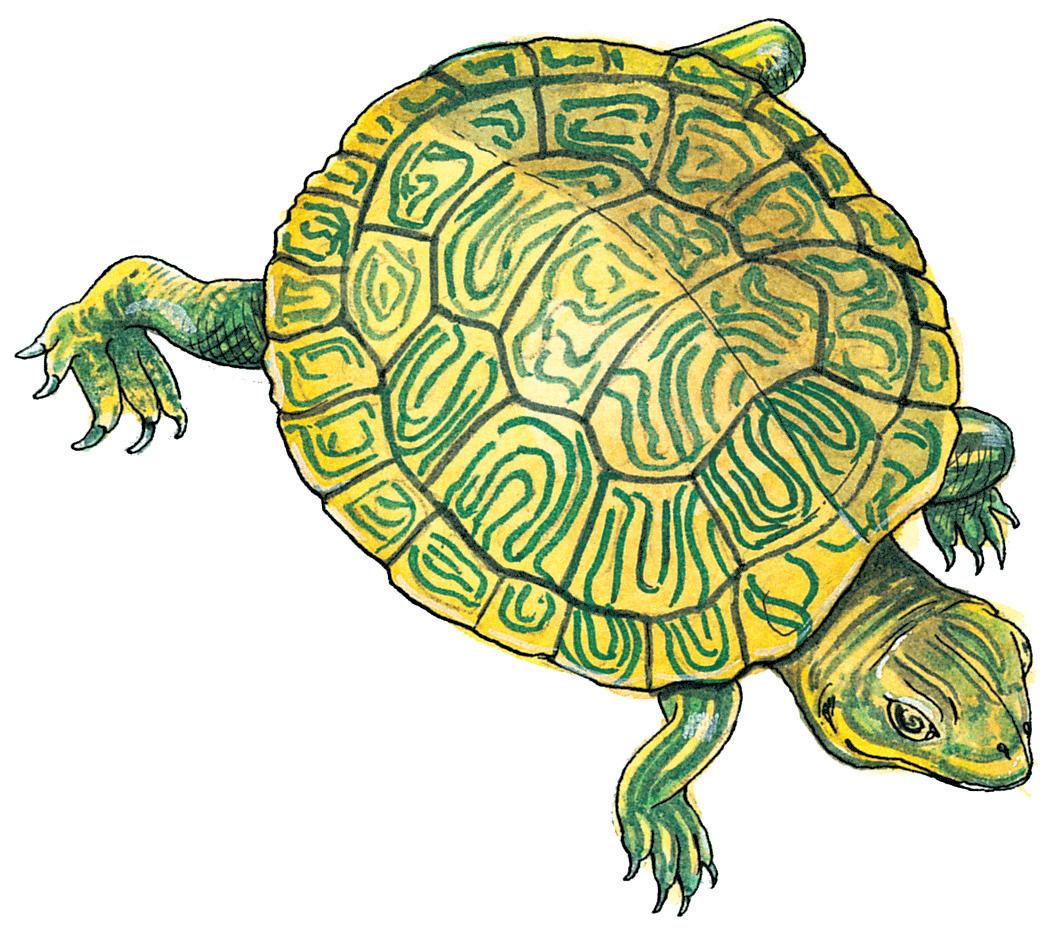
Tortoises and terrapins have shells with patterns on them.
A tortoise or terrapin can tuck its head, legs and tail into its shell if a predator comes along. dog
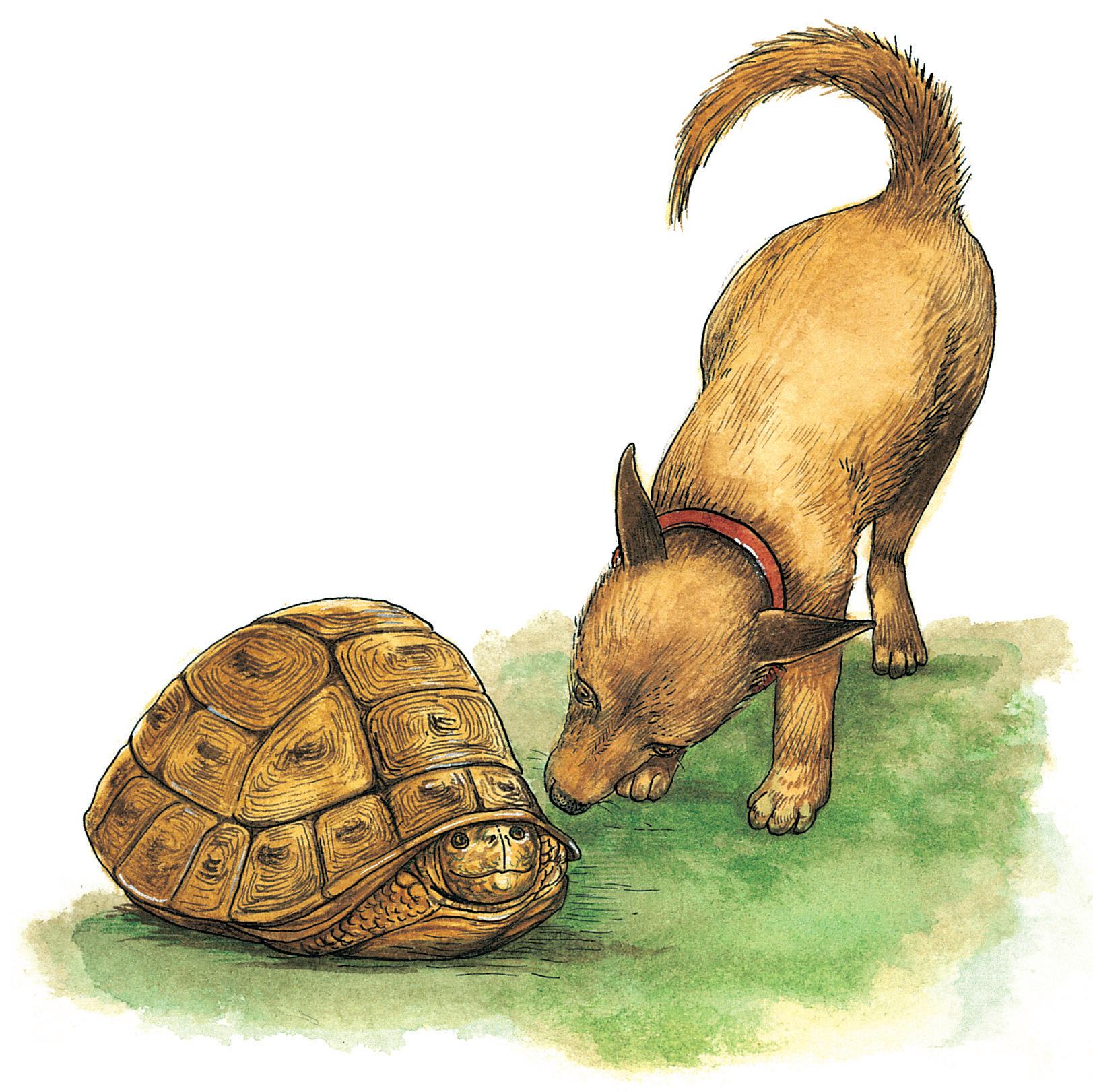
w


A lobster has a jointed shell. It flaps its tail to swim.
As the lobster gets bigger, its shell splits. The fresh shell is soft to begin with, but it soon hardens.

There are lots of different sorts of crabs.
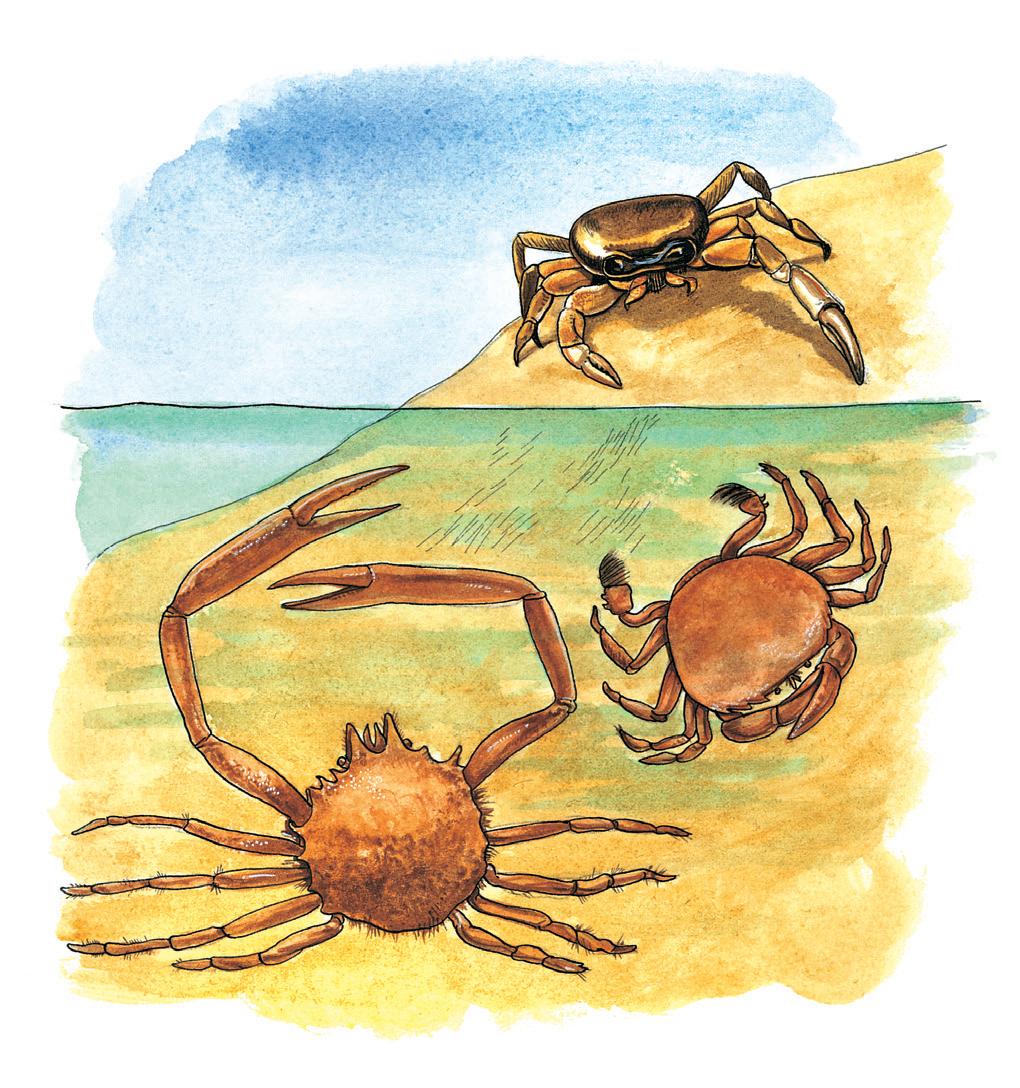
Some are good at swimming, some live inland, and some have long thin legs.
Hermit crabs do not have shells.

They look for empty shells to live in.
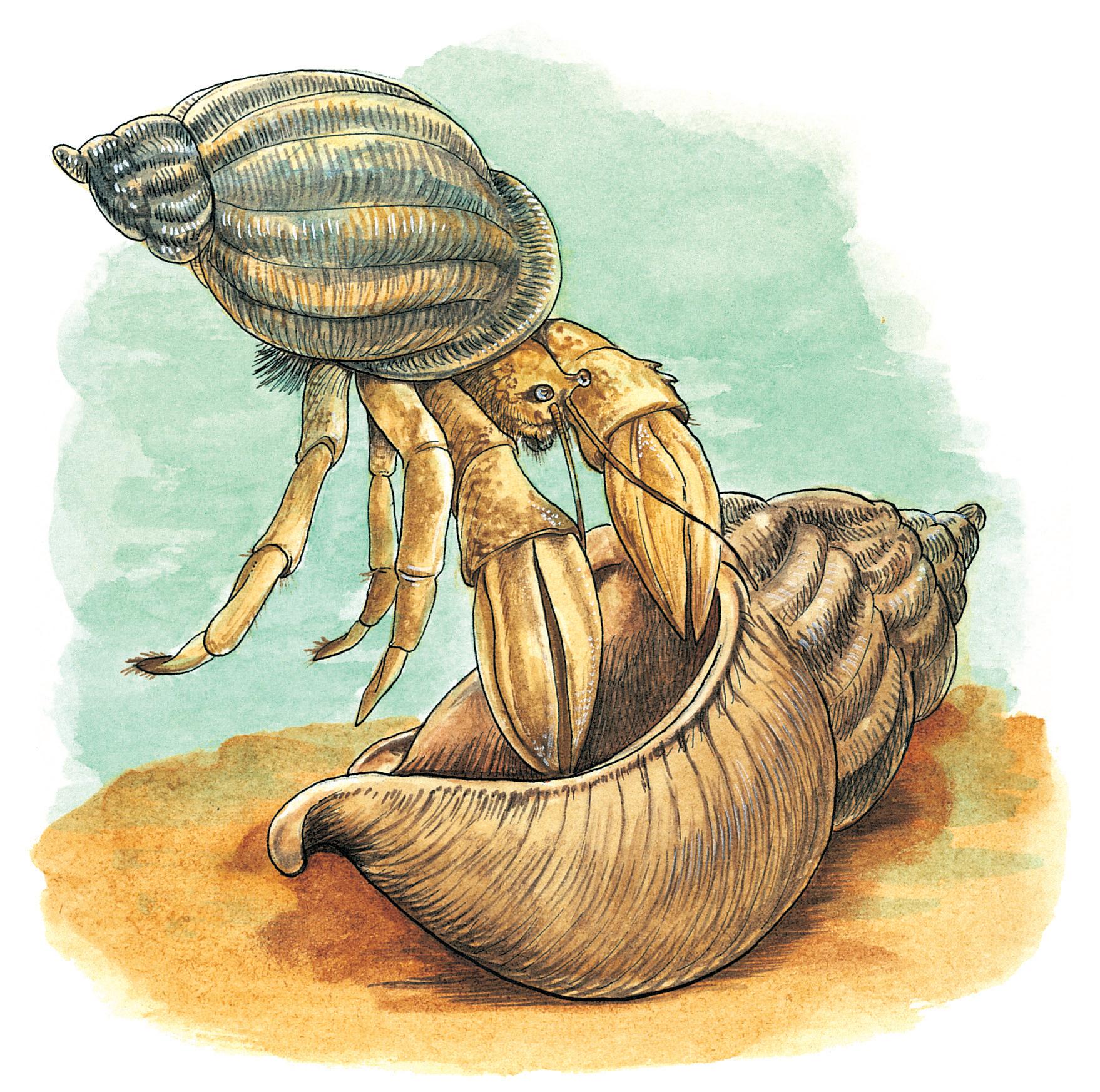
Whenever a hermit crab gets bigger, it has to hunt for a bigger shell.
A snail has a coiled shell. A slug has a funny sort of shell that you cannot see. Its shell is hidden in its body!


An important part of becoming a confident, fluent reader is a child’s ability to understand what they are reading. Below are some suggestions on how to develop a child’s reading comprehension.
l
Make reading this book a shared experience between you and the child. Try to avoid leaving it until the whole book is read before talking about it. Occasionally stop at various intervals throughout the book.
Ask questions about the characters, the setting, the action and the meaning.
l Encourage the child to think about what might happen next. It does not matter if the answer is right or wrong, so long as the suggestion makes sense and demonstrates understanding.
l Ask the child to describe what is happening in the illustrations.
l Relate what is happening in the book to any real-life experiences the child may have.
l Pick out any vocabulary that may be new to the child and ask what they think it means. If they don’t know, explain it and relate it to what is happening in the book.
l
l Encourage the child to summarise, in their own words, what they have read.
l l l What’s in the book?
Where do you find shellfish?
What happens when a lobster gets bigger?
What don’t hermit crabs have?
do you think?
l l
Why do animals have shells?
Where can you find shells if you want to collect them?
These readers have been written with a carefully controlled vocabulary, and are specifically designed for children who are learning to read and write with Jolly Phonics.
• The text in these Yellow Level Books (second level) uses only decodable regular words (made up from the 42 letter sounds taught in the first stage of Jolly Phonics, along with the alternative spelling of ‹y› for the /ee/ sound at the end of words like happy and sunny) and a small number of tricky words (frequently used words that are not fully decodable at this stage).
• All new tricky words and alternative vowel spellings used are shown on the front inside cover. These can be used as a quick practice activity before starting the book.
• Faint type is used for silent letters, like the ‹b› in lamb.
• Comprehension questions and discussion topics are included at the end of the book. These ensure that children are not only able to read the text, but also get meaning from it.
Inky Mouse & Friends
Phonic
Hetty
Zack’s Present
Picnic
Spots
Looking for Snake
General Fiction
Monster Party
Crabs
Red Hen
Swimming
The Box
Animal
Chatter
Nonfiction
Rainforests
Cheese Stars
Oil
Lizards
Shells
Butterflies and Moths
To see the full range of Jolly Phonics products, visit our website at www.jollylearning.co.uk

